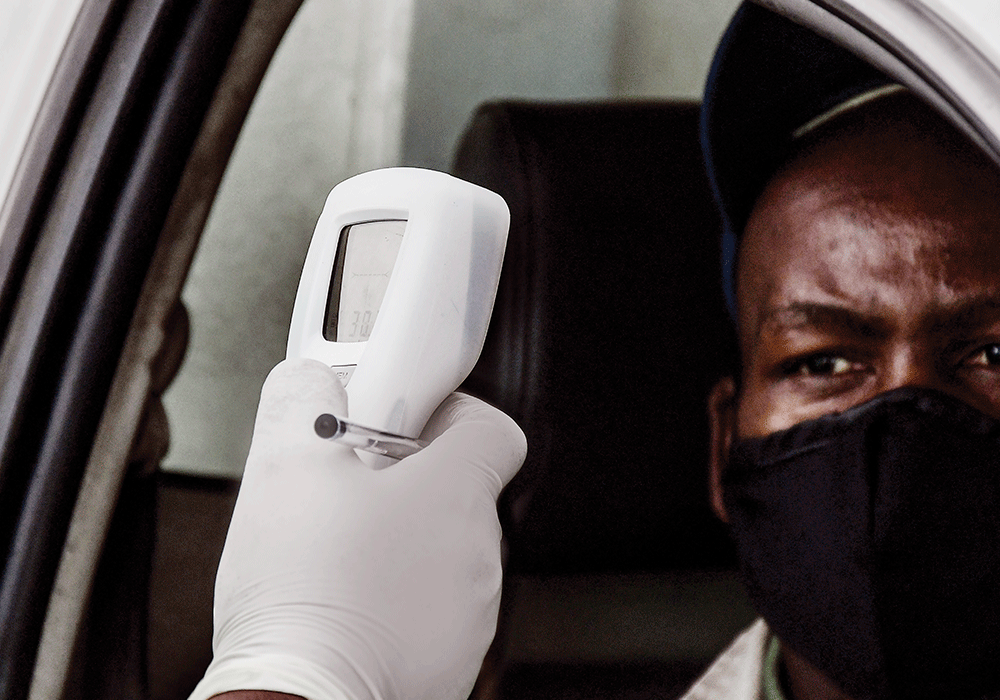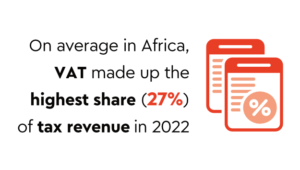In a world beset by global warming, wars, deadly pandemics and energy crises, skills in collaboration, communication, research, problem-solving, critical thinking and creativity have never been more needed. Yet the STEM subjects that teach these (science, technology, engineering, maths) are failing to attract and retain girls, depriving them of key roles in the future – and the world of their input. As Phumzile Mlambo-Ngcuka, executive director of UN Women, puts it, ‘we need science and science needs women. This is not only about making a commitment to equal rights, it’s also about making science more open, diverse and efficient’.
Yes, there has been progress – UNICEF South Africa reports that more girls than boys sat the Grade 12 exams in maths and physical science last year; but boys outperformed girls in both, ‘reinforcing a long-term education trend’. It adds that the gender gap widens in tertiary education and training, with fewer than one in three women graduating to STEM-related careers, and their participation in STEM fields falling far behind men’s (just 7% of all engineers in South Africa are women).
In a time of devastating unemployment, especially for women, UNICEF’s Generation Unlimited (a public-private partnership to skill young people for employment) indicates that there are some 100 000 vacant digital technology jobs in South Africa because of the lack of skilled labour, and these are being outsourced outside the country. STEM skills rank high on the Department of Home Affairs’ Critical Skills list gazetted in February this year.
The under-representation of women in STEM fields is being felt across sub-Saharan Africa, with the share of women graduating from tertiary education below 30% in many countries, says the WEF. Another report, Foresight Africa 2022, notes that just 18% to 31% of science researchers in the region are women, against 49% in south-eastern Europe and 44% in Central Asia and Latin America.
The WEF talks of a ‘leaky pipeline’, with more girls than boys enrolling for secondary education in Botswana, eSwatini, Namibia and South Africa, but many dropping out. And the key reason, according to Equality Equation (a report published by the World Bank Group in November 2020), is the norms and gender biases set by families, societies, culture and the media, which ‘propagate stereotypes, discriminatory attitudes and policies’ that put girls off STEM careers and prompt women to leave them.
How to stop this and address the STEM gender gap? The report suggests four basic solutions. First, ‘address gender biases in learning materials’. This was highlighted in a 2019 Ministerial Task Team report for South Africa’s Department of Basic Education on the diversity of textbooks, which found that across subjects and grades, ‘males are present in greater proportions than females… There is a 60% discrepancy between categories of male and female within professional roles’.
Second, ‘engage parents’. Of course, it’s vital for parents in all communities to be shown that STEM subjects can open doors for their daughters. This can be done by the likes of getting more women in STEM as speakers at school and community functions, and featuring their achievements in the media.
Third, ‘encourage participation in STEM-related subjects and extracurricular activities’. Tertiary education STEM faculties and STEM companies can help enormously by providing bursaries for girls to do STEM degrees, and by promoting museum visits, maths contests, and coding and robotics camps for them.
Fourth, ‘feature role models’. This may be the most powerful driver of all. Women who shine in STEM need to be spotlighted – those such as Neema Kaseje, founding director of Kenya’s Surgical Systems Research Group, credited with helping flatten the COVID curve by combining digital tools and science to raise awareness of preventive measures. And Quarraisha Abdool Karim, who has not only been at the forefront of HIV/Aids innovation, but has also contributed to COVID-19 research.
There are women in STEM making a major difference to the world, and they need to be seen, to encourage more of them.
















